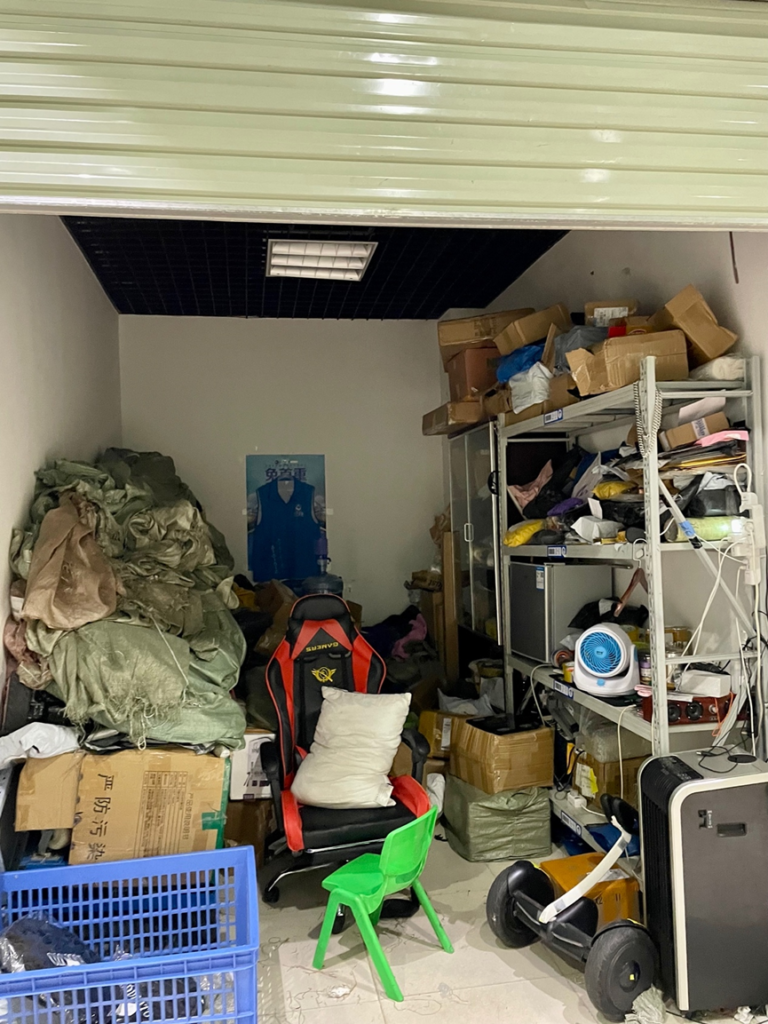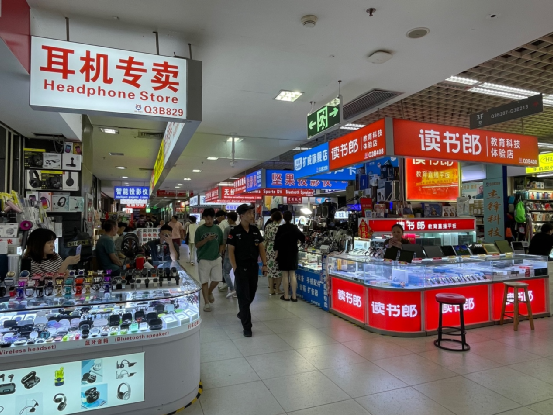More and more people are discovering that although cross-border e-commerce has bid farewell to explosive growth, it is still one of the few industries that is still growing. According to customs data, in 2022, the scale of China’s cross-border e-commerce import and export exceeded 2 trillion yuan for the first time; In the first half of 2023, it was 1.1 trillion yuan, a year-on-year increase of 16%.

Shenzhen is known as the “cross-border e-commerce capital”. According to the Shenzhen Municipal Bureau of Commerce, the import and export volume of cross-border e-commerce in Shenzhen exceeded 190 billion yuan in 2022, a year-on-year increase of over 2.4 times. Ningbo and Hangzhou, also gathering places for cross-border e-commerce, had cross-border e-commerce import and export volumes of 1700 and 120.3 billion yuan in 2022, respectively.
The Shenzhen speed of “time is money, efficiency is life” has contributed to the rapid development of the industry, leading to the birth of top sellers and young billionaires, and also causing the industry to collapse and rebuild at the same speed. Sellers in Shenzhen have experienced “sudden wealth” and are accustomed to “making quick money”. However, building a brand and independent website requires long-term investment and patience, and Shenzhen’s former advantages have become a burden. Shenzhen people are already thinking that ‘slow’ is’ fast ‘.

The No.1 trading square in South China City is the starting point of their dreams. The first to third floors here are the shopping center, and the fourth to sixth floors are the e-commerce industrial park. The fourth floor has been divided into dozens of small compartments of over ten square meters, with a monthly rent of several hundred yuan, attracting cross-border e-commerce companies to settle down. The narrow hallway was filled with cardboard boxes, with people squatting and packing, and the smell of tape and cardboard filled the air.

Few people visit here, except for cross-border logistics professionals. They leave business cards with every possible customer. Some businesses are overwhelmed by the inconvenience and put stickers at the door saying “Do not disturb logistics”, or pull up the scroll door with a screen blocking the door, with the words “Heavenly Way Rewards Diligence” written on the brush. According to a report by the Securities Times in September this year, there are 280 e-commerce enterprises settled in South China City, with an annual total sales of over 40 billion yuan. On average, each e-commerce enterprise’s annual sales exceed 140 million yuan.

Shenzhen Huaqiang North, a commercial district 930 meters north-south and 1560 meters east-west, has over 100000 practitioners, and tens of thousands of merchants, and is the largest electronics market in Asia.

The dividend lasted until the 2010s when the protagonist became Amazon. In the years since Amazon entered China to attract investment, Shenzhen sellers have become accustomed to the “store group” and “distribution” model, uploading a large number of products and opening a large number of stores, approaching a monopoly on a certain category on the platform, allowing consumers to roughly choose their own stores when purchasing goods; The stock of each product is not large, and once sales explode, it is quickly restocked. This enables sellers to quickly test models, place orders, and send products made in China overseas.
This type of tactic has spread from Shenzhen to Beijing and Changsha, becoming a common practice among Chinese sellers. Amazon’s product ranking algorithm values buyer reviews. The “brushing order” method has become popular, and businesses are seeking service providers to create fake positive reviews in bulk, or to include “positive feedback cash back” small cards in packages.
The continuous flow of US dollars and euros continues to flow into the pockets of sellers in Shenzhen.

The risk has really come before. In April 2021, Amazon cracked down on “brushing orders” and forced the closure of a large number of stores, freezing payments and inventory. The “skills” that Shenzhen sellers excel in, including opening multiple stores, quickly selling popular products, and creating positive reviews, are all red lines on Amazon’s e-commerce platform. Once detected by the system, it means closing the store.
After experiencing the prosperity brought about by the epidemic last year, many sellers are living in the inertia of growth, squeezing the money they earn into their goods, resulting in cash flow problems. Aoji, one of the “Four Minors in South China City” and highly dependent on Amazon for revenue, was seeking an A-share listing and had already received two rounds of IPO guidance. After the store lockdown, its IPO was forced to terminate.
Other top sellers are also struggling. The lockdown operation lasted for three months. As of July 2021, there were 340 newly closed/frozen stores on a tree in 2021, accounting for 30% of Amazon’s monthly average sales revenue from January to May 2021; The frozen funds are about 130 million yuan, and suppliers come to collect debts. 54 stores of Tongtuo were suspended from sales by Amazon, and 41.43 million yuan of funds were frozen, accounting for 4% of the company’s monetary funds at the end of 2020.
The speed of collapse is faster than the previous rate of wealth creation. Sha Qiong, Vice President of Huanjin Technology, recalled that in 2021, January was the peak season, February was the Spring Festival, and there were promotional activities on the platform in March, with good seller performance. As a result, in April, the lockdown wave came, and the situation turned sharply worse. Huanjin Technology’s Amazon sales decreased by one-third. She met with other top sellers and talked about “how much layoffs you have made”.
During the same period, offline demand gradually recovered, and overseas warehouses were overstocked, resulting in oversupply. Sellers who were not locked down began to sell at a loss. Weng Yaoxiong said that among the furniture categories that have increased sea freight prices by 10 times, the price of sofas can even be as low as $10. Many sellers have been dragged down by the inability to recover payment and ongoing storage costs, resulting in the closure of large sellers with sales exceeding billions of yuan. The No.1 luxury house in Shenzhen Bay, which was once fully purchased, has been listed for sale.
According to the Shenzhen Cross border E-commerce Association, during the Amazon store lockdown wave, more than 50000 Chinese sellers were shut down, with an estimated industry loss of over 100 billion yuan. According to a Marketplace Pulse report, after the ban was implemented, the market share of Amazon’s Chinese sellers decreased from 40% a year ago to 33% by the end of 2021.